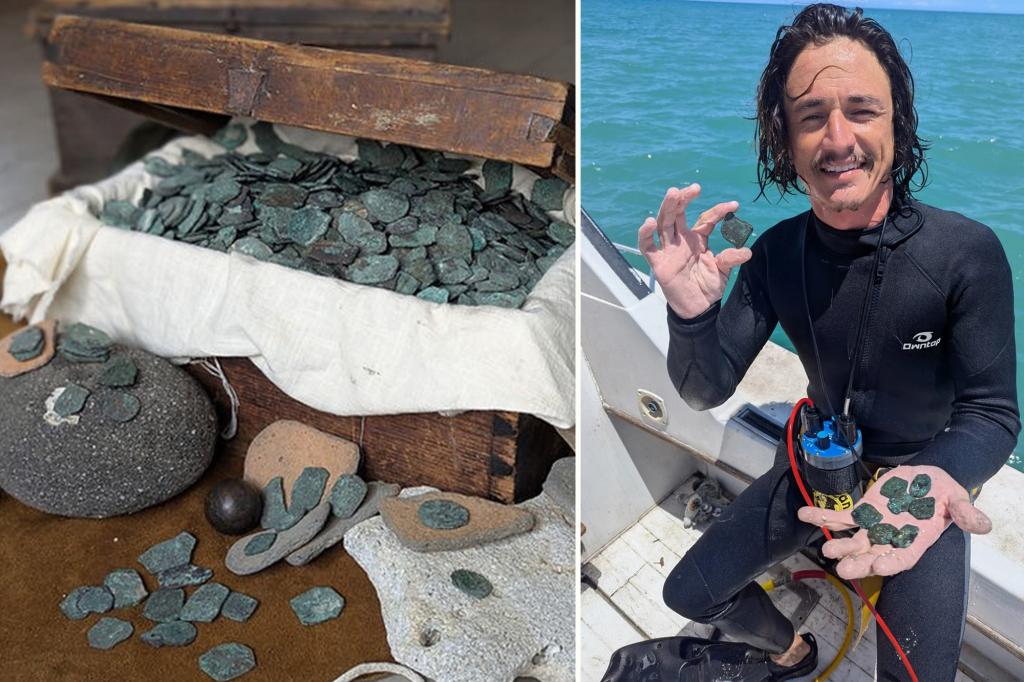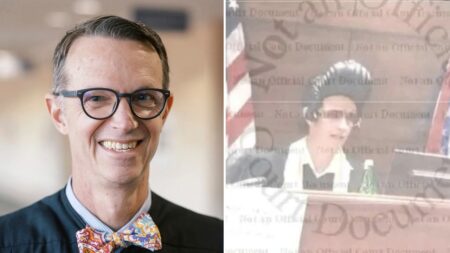That’s a boatload of treasure!
Over 1,000 gold and silver coins worth a staggering $1 million were recovered by a salvage crew on the shipwreck of a Spanish fleet that sank over 300 years ago, according to authorities.
The coins were discovered over the summer by Capt. Levin Shavers and his crew on the wreck of a fleet that sank during a hurricane in July 1715 off Florida’s Treasure Coast, according to a news release from Queens Jewels, LLC, which owns the salvage rights to the 1715 fleet.
Roughly 1,000 silver coins called “Reales,” five gold coins referred to as “Escudos,” and other rare gold artifacts were found preserved beneath “centuries of sand and sea,” the company said.
The estimated value of the grab is $1 million, according to experts.
The findings are part of roughly $400 million in gold, silver, and jewels lost when the Spanish fleet sank during the fateful voyage to bring New World riches back to Spain, making it “one of the greatest maritime tragedies,” the statement said
The loot buried along a stretch of Florida’s east coastline during the storm earned it the moniker “Treasure Coast.”
“This discovery is not only about the treasure itself, but the stories it tells,” Sal Guttuso, Director of Queens Jewels, said in a statement.
“Each coin is a piece of history, a tangible link to the people who lived, worked, and sailed during the Golden Age of the Spanish Empire. Finding 1,000 of them in a single recovery is both rare and extraordinary,” Guttuso said.
The coins were minted in the Spanish colonies of Mexico, Peru, and Bolivia, and still had legible dates and mint marks over 300 years later.
The condition of the coins suggests to experts that they could have been part of a single chest or shipment that spilled when the ship broke apart in the brutal hurricane.
Recovered coins will now undergo “careful conservation” before being displayed to the public in local Florida museums.
“Every find helps piece together the human story of the 1715 fleet,” Guttuso added.
“We are committed to preserving and studying these artifacts so future generations can appreciate their historical significance.
Read the full article here













